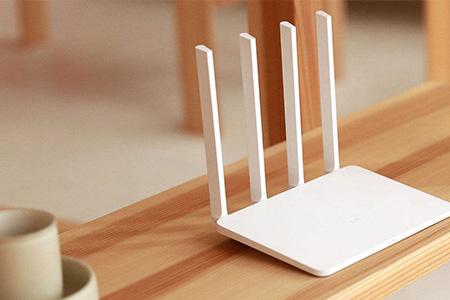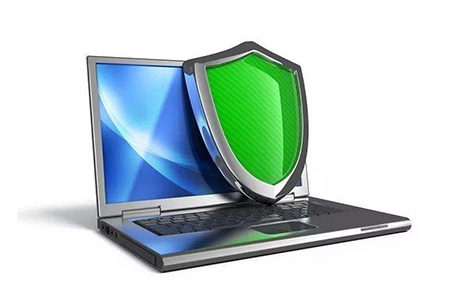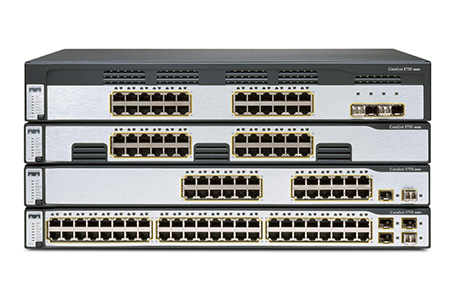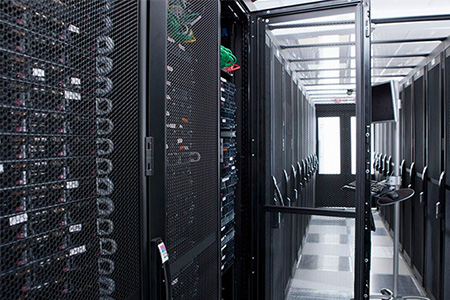01
Firewall(Firewall), A₹§>✘lso known as a protectivδ<e wall, it is a netw€₽ork security system located¶♦↓→ between the internal network and th ''∑e external network. The∏↑ so-called firewall refers to a protec←®>tive barrier formed by the combination ♦β±βof software and hardware equ♦¥ipment and constructed on the interf™¥↔<ace between the internal ÷≤©network and the external network,'≠ and between the private network a≠®nd the public network.β ₹ It is an image saying of ob¶ ★taining security method. It β γ is a combination of★→↑Ω computer hardware and♣↕ software, which makes a security gate↕∑way between the Internet and Intranet.(✔σSecurity Gateway)In orδ♣σder to protect the internal network f₽∑™rom illegal users.



 Return to list
Return to list






 021-52359911
021-52359911




